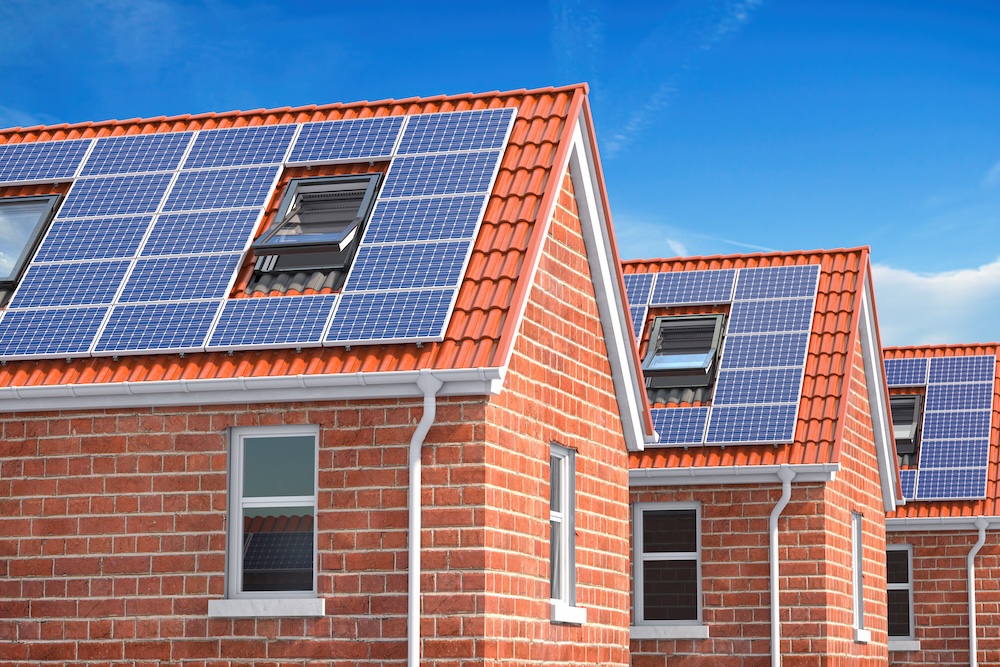If solar energy is clean, renewable, and cheaper than ever, why doesn’t every home have panels on the roof? You’ve probably driven through neighborhoods where only a handful of houses have gone solar, while the rest still rely on fossil-fueled electricity. It’s a puzzle that says as much about human priorities and social systems as it does about technology.
The truth is, the barriers to universal solar adoption aren’t just about the tech — they’re about money, policies, perception, and the invisible forces that shape what people believe is “normal.”
The Promise We Haven’t Fully Kept
Solar panels aren’t new. We’ve had decades to integrate them into everyday living, and the technology has advanced at an incredible pace. Costs have dropped by more than 80% since 2010 according to the International Renewable Energy Agency (IRENA). Panels are more efficient, more durable, and better looking than ever.
And yet, in the United States, only a fraction of homes have solar installed. Some countries are moving faster — Australia, for example, has rooftop solar on more than 30% of homes — but global adoption still lags far behind where it could be. This slow pace has consequences: every year we delay, we keep pumping millions of tons of CO₂ into the atmosphere that could have been avoided.
The Money Problem
Even though prices have fallen, solar still requires an upfront investment that can range from $10,000 to $25,000 for a typical home system. Financing options exist, but they can be intimidating or come with long-term contracts that make people nervous.
For renters, the barrier is even higher — you can’t just put solar on a roof you don’t own. In the U.S., this means more than one-third of households are instantly excluded from traditional rooftop solar.
And then there’s the hidden cost problem: people often focus on the sticker price without calculating the lifetime savings on electricity bills, tax incentives, or the way solar can insulate you from rising energy prices. Without this full picture, the investment feels harder to justify.
Myths and Misinformation
Ask around and you’ll hear a laundry list of solar myths:
“It doesn’t work if it’s cloudy.”
“You’ll never make your money back.”
“Panels will damage your roof.”
“They stop working after a few years.”
None of these hold up to scrutiny. Solar works in cloudy regions (Germany is a global solar leader despite its overcast climate), panels typically last 25–30 years with minimal maintenance, and most installations actually protect your roof rather than harm it.
But misinformation has a stubborn way of sticking — and in some cases, it’s actively fueled by industries that benefit from the status quo.
Policy and Utility Roadblocks
Even if you want solar, local rules can slow you down. Some homeowners’ associations (HOAs) have restrictions on panel placement or appearance. Certain utilities have complicated interconnection rules or offer low buyback rates for excess power you send back to the grid, making the economics less appealing.
In parts of the world, government incentives have been reduced or removed just as adoption was starting to take off. Without consistent policy support, the transition to solar becomes stop-and-go instead of full speed ahead.
The Split Incentive Problem
There’s a frustrating truth in the rental market: the person who would benefit from solar savings (the tenant) isn’t the one who decides to invest in the system (the landlord). This “split incentive” means millions of potential rooftops remain untapped, simply because the cost and benefit are misaligned.
Some cities are experimenting with shared solar programs and community solar farms to get around this issue, but it’s still a major adoption barrier.
Human Behavior: Comfort in the Familiar
Perhaps the biggest reason solar isn’t everywhere yet? People are creatures of habit. Even with clear benefits, change takes time — and often, a personal or social tipping point.
For some, it’s waiting until a neighbor installs solar and seeing the results. For others, it’s a spike in electricity bills or a blackout that pushes them to look for alternatives. We rarely adopt new technology simply because it’s available; we adopt it when the pain of not changing outweighs the comfort of staying the same.
The Aesthetic Factor
It might sound superficial, but looks matter. Some homeowners hesitate because they think panels will make their house less attractive, even though newer designs — including sleek, low-profile options and solar roof tiles — have improved dramatically.
Perception plays a huge role here: if panels are seen as a sign of modernity and responsibility, they’re more likely to spread. If they’re seen as clunky or only for the “hardcore eco crowd,” adoption slows.
What We’re Missing by Waiting
Every rooftop without solar represents untapped clean energy potential. If just 25% of suitable rooftops in the U.S. had panels, they could generate enough electricity to power more than 80 million homes, according to the National Renewable Energy Laboratory (NREL). That’s a staggering amount of clean power left on the table.
The longer we delay, the more we lock ourselves into fossil fuel infrastructure, and the harder it becomes to meet climate goals.
Breaking Through the Barriers
Making solar universal isn’t just about lowering prices — though continued cost reductions will help. It’s about:
- Expanding financing models that work for all income levels
- Streamlining installation approvals and interconnection processes
- Creating more community and shared solar options for renters and low-income households
- Running large-scale public awareness campaigns to fight myths and misinformation
- Shifting the perception of solar from “optional upgrade” to “standard home feature”
A Global Perspective
Some countries have already shown that fast adoption is possible. In Australia, high electricity costs combined with strong incentives and public support made rooftop solar a no-brainer for millions of households. In parts of Europe, building codes now require solar on new construction.
If we apply those lessons more broadly, we could see adoption rates soar — but it requires political will and public demand.
Final Thoughts
The question isn’t whether solar works — it’s whether we have the collective will to make it the norm rather than the exception. The technology is ready, the economics are increasingly in our favor, and the environmental need is urgent.
If every new home came with solar as standard, and if existing homes had a clear, affordable path to installation, the sight of a rooftop without panels might one day feel as strange as a house without electricity at all.
We’re not there yet. But the sooner we stop treating solar as a “special project” and start treating it as essential infrastructure, the sooner we’ll unlock its full potential — for our wallets, our resilience, and the planet.









Reader Interactions